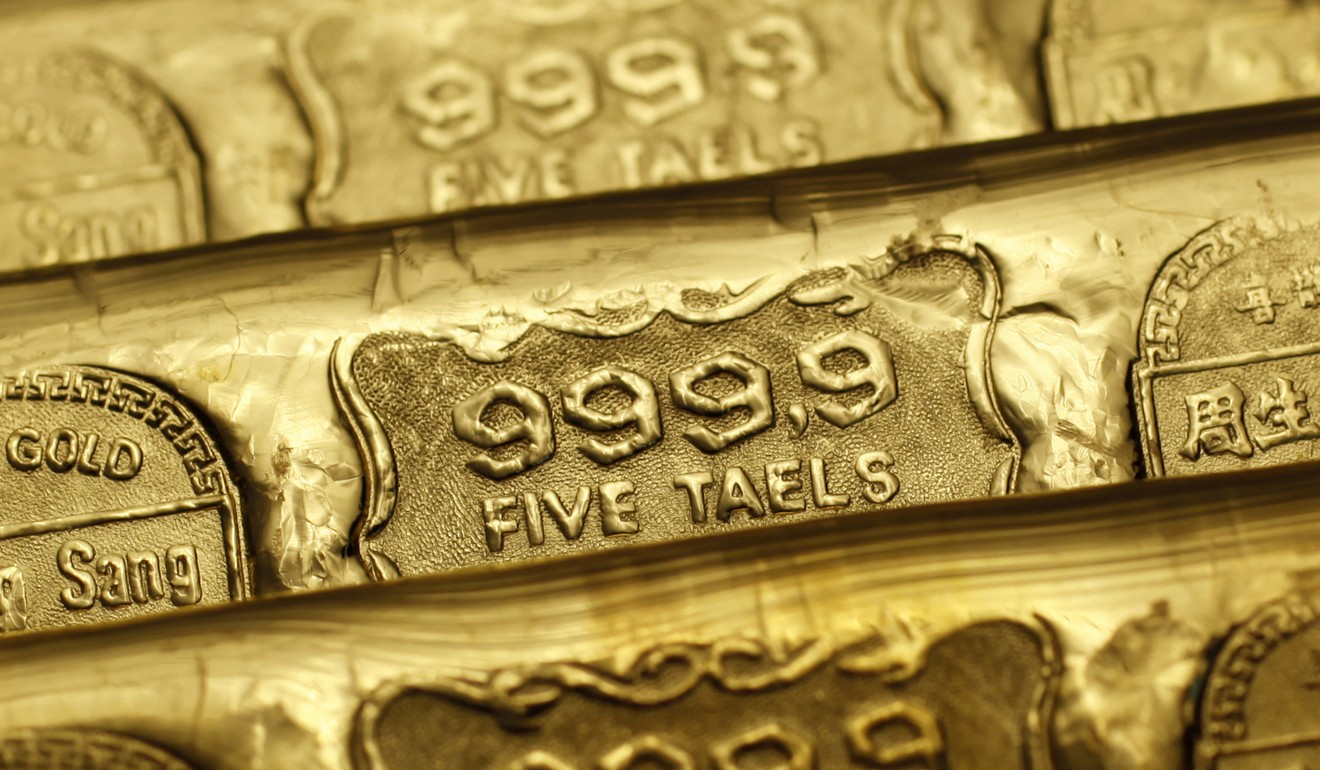
Chinese Valentine’s Day boosts gold sales by 13pc in third quarter
Demand surge ends 10 quarters of decline, according to World Gold Council

Chinese Valentine’s Day purchasing in mainland China pushed up demand for gold jewellery, which rose by 13 per cent year on year in the third quarter to reach 159.3 tonnes, according to the World Gold Council.
The rally ended 10 consecutive quarters of decline, the council said in a report released on Thursday. “The first green shoots of recovery in the market were witnessed around late August, with gifting of gold jewellery for Chinese Valentine’s Day. This was followed by the Autumn Festival, a time for family reunions and an occasion when some parents buy their children gold jewellery for its perceived ability to bring happiness and good luck.”
Chinese Valentine’s Day, or the Qixi Festival, falls on the seventh day of the seventh lunar month and celebrates the romantic folk tale of a fairy who was only allowed to meet her mortal husband on this day.
The festival usually falls in August and many among the younger generation consider it the Chinese version of Valentine’s Day, and buy gold jewellery to show their love. Gold in Chinese culture symbolises unchanged love.
The bounce in gold is also being viewed as a sign of broader economic recovery on the mainland. This has led many jewellers to open new stores in smaller cities in the third quarter, after two years of store closures due to weak demand.
“Holiday purchases have lifted demand, albeit from a very low base. Leading retailers reported decent growth in the quarter – sales were up both in terms of value and volume, and new store openings,” the report said.
The five-day Shenzhen Jewellery Fair, held from September 14 to 18, reported a good response in terms of visitor numbers and sales exceeded expectations, the report said.
Mainland jewellers are replenishing inventories ahead of the Chinese New Year festive buying season after a prolonged period of stagnation.
“Growth was concentrated among 18-carat jewellery, 24-carat 3D ‘hard gold’ and piece priced premium products, as consumers continue to favour innovation and differentiation over tradition,” the report said.
For the first nine months, gold demand on the mainland stood at 472.4 tonnes, edging up from 465.5 tonnes than a year ago. But the third-quarter demand is still 15 per cent below the five-year quarterly average of 187 tonnes. “And gold continues to face stiff competition from travel, entertainment and dining for a share of consumers’ budgets,” the report added.

As far as the purity of gold is concerned, the number in front of gold bars represents their purity – 99.99 per cent gold is the highest purity gold, which is most sought by Chinese investors. It has only 0.01 per cent impurity.
Good delivery gold – 99.5 per cent gold – is used to describe the 12.5 kilogram gold bars demanded by central banks. Indian consumers also like this level of purity.
Old, pure gold, or 24 carat old, refers to jewellery gold and means all 24 parts in a piece of jewellery is made from pure gold and two parts, or the rest 8 per cent, from metals such as silver, zinc or nickel. This is because pure gold is very soft and adding other metals makes it harder and helps to keep the shape intact.
Europeans like to make jewellery from 18k gold, or gold with a purity level of 75 per cent, particularly for diamond rings or jewellery.
In the United States, 14k gold, or gold with 58 per cent purity, is preferred for gold jewellery.
Gold with 38 per cent purity is referred to as 9k gold, but this cannot be sold as gold in places like the UK, which require gold to be at least 10k.